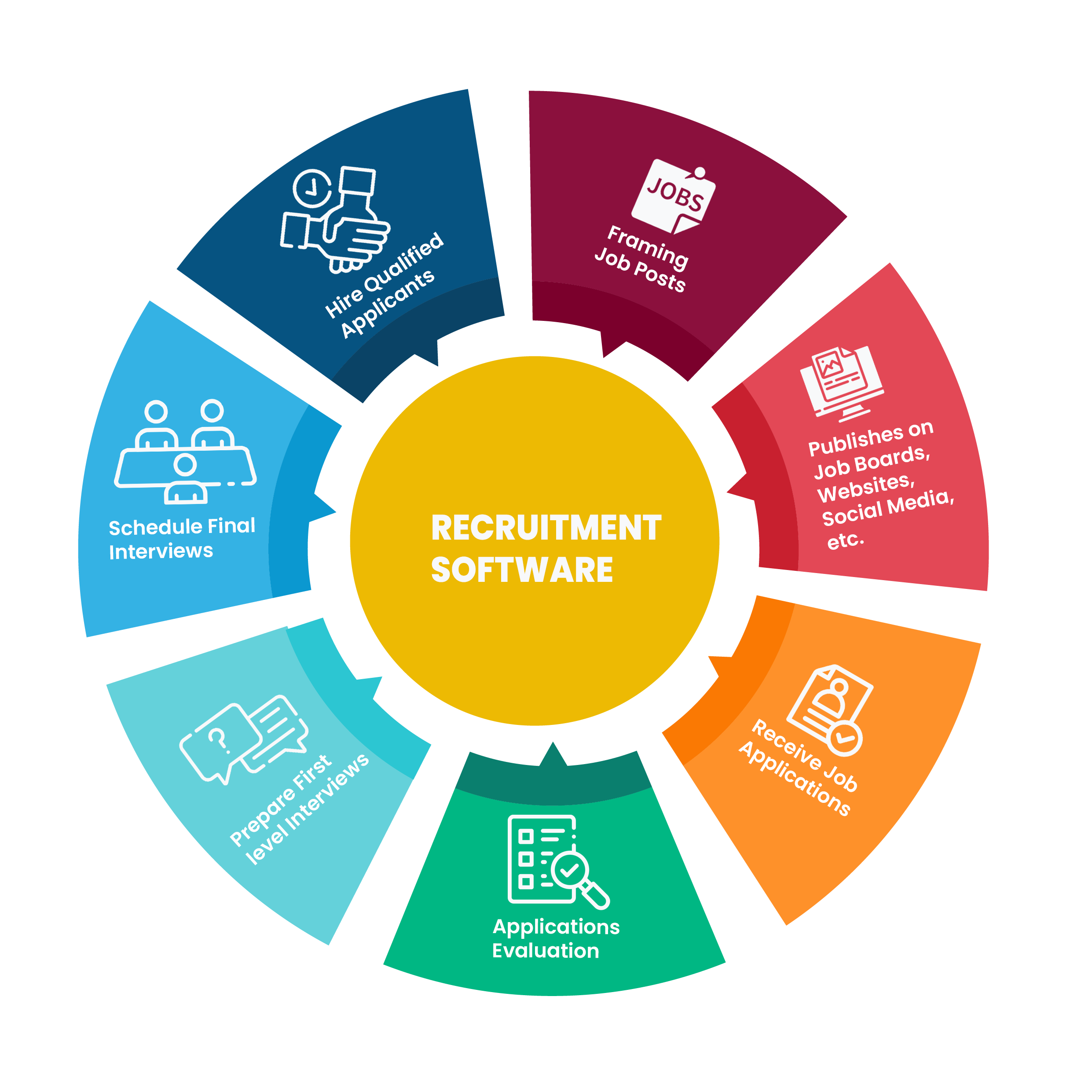Talent Acquisition Evolution: Integrating Software for Efficient Hiring
In current dynamic business landscape, organizations are constantly striving to secure and hold onto elite talent. The hiring process has changed considerably, and traditional hiring methods are often not capable to address the requirements of a fierce market. This is the point at which recruitment software plays a key role, transforming the manner businesses approach hiring and staffing.
Employing advanced technology permits companies to simplify their staffing processes, making them more efficient and successful. Recruitment software does not only supports the management of vacancies and applicant submissions but also enhances communication with prospects and improves collaboration among recruitment teams. By embracing this forward-thinking approach, companies can minimize hiring time, enhance the candidate journey, and ultimately develop a stronger workforce.
Perks of Talent Acquisition Software
Recruitment software offers organizations a simplified approach to handling their hiring processes. By streamlining various tasks such as advertising positions, tracking applications, and communication with applicants, organizations can considerably reduce the time spent on paperwork. This allows talent acquisition groups to focus on more strategic aspects of hiring, ultimately boosting the standard of their employees. The advantage of accessing a unified platform for all recruitment needs cannot be ignored, as it facilitates cooperation among team members and delivers a unified view of the hiring process.

Another key benefit of hiring software is its ability to enhance job seeker experience. With intuitive application platforms and responsive communication features, job seekers feel appreciated and connected throughout the recruitment journey. Functionality like real-time updates and feedback requests keep candidates updated about their application status, which not only boosts their experience but also enhances your company’s employer branding. A strong candidate experience is increasingly important in today’s challenging job market, where high-caliber candidates often weighs potential companies based on their engagement during the hiring process.
Furthermore, hiring software aids in analytics-based decision-making. Many applications come fitted with data analysis and reporting features that help hiring managers track key metrics such as fill time, candidate source effectiveness, and diversity statistics. By harnessing this information, companies can detect trends, enhance their hiring strategies, and make intelligent decisions that conform with their business goals. This analytical capability allows businesses to attract and hold on to leading candidates more efficiently, resulting in a more robust workforce and improved overall outcomes.
Key Features to Look For
When selecting software for recruitment, one of the most crucial features to consider is an intuitive user interface. A well-designed and user-friendly design allows staff to navigate the software effortlessly, reducing the learning curve and enabling teams to focus on get the right candidates faster. A clean layout enhances productivity by making sure that essential tools and data are easily accessible, which is vital for efficiently managing the hiring process.
Another key feature is applicant tracking capabilities. This functionality allows users to monitor candidates throughout the recruitment pipeline, from the submission to interviews and offers. A robust applicant tracking system not only manages candidates but also simplifies communication, ensuring that no candidate falls through the cracks. This helps maintain a good candidate experience, which is essential for bringing in top talent to the organization.
Lastly, analytics and reporting tools are critical for measuring the effectiveness of recruitment efforts. Software that provides robust analytics can help companies find trends, track source effectiveness, and optimize hiring strategies. These insights empower recruitment teams to make informed decisions, refine their processes, and improve overall efficiency, leading to a better hiring experience.
Adopting Technological Tools Successfully
To increase the benefits of talent acquisition software, companies must prioritize proper adoption. This starts with analyzing the organization's distinct hiring needs and coordinating the functionalities with those requirements. Collaborating with key players throughout the evaluative phase ensures that the final choice meets the expectations and enhances the hiring workflow. By involving recruitment leaders and human resources teams, companies can avoid recurring issues and select a tool that works harmoniously into existing processes.
Training and support play a vital role in the smooth integration of recruitment software. Providing comprehensive training for all participants helps to facilitate the transition and boost capability in using the new systems efficiently. Ongoing support should also be offered to tackle any challenges that occur after rollout. software for recruiters -ins and review meetings can help ensure that the tool is being employed to its full potential, leading to ongoing enhancement in the talent acquisition strategy.
In conclusion, measuring the effectiveness of hiring technology is important for long-term effectiveness. Companies should establish key performance indicators to measure the impact of the tool in optimizing recruitment workflows and improving the quality of hires. By examining analytics and sourcing input from stakeholders, organizations can make strategic decisions about future upgrades or modifications needed in their recruitment strategy. This data-informed approach doesn't only refine existing recruitment strategies but also establishes a platform for creativity and expansion in future recruitment efforts.